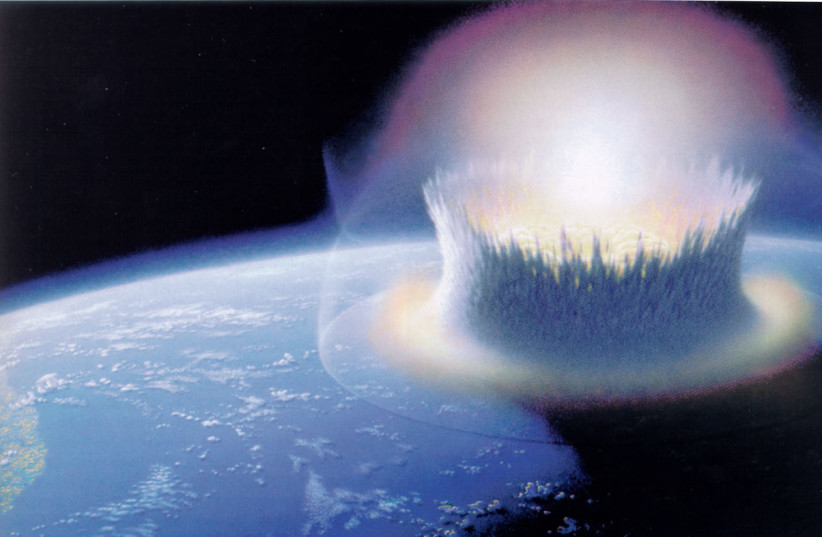A massive asteroid around the size of the Empire State Building in New York City is heading for Earth's direction later this week, though an impact is very unlikely, according to NASA's asteroid tracker.
Designated 2022 BH7, this asteroid has an estimated width of between 170 and 380 meters. For comparison, the Empire State Building is around the same size as the asteroid's maximum estimate.
The massive space rock is unlikely to hit Earth, however, with current NASA calculations stating it will safely pass by on Friday at a distance of around 2.9 million kilometers.
For comparison, the Moon orbits the Earth at a distance of around 384,000 km, less than a seventh of that.
But it is fortunate that this asteroid won't impact us, as the result could be absolutely devastating.

According to research from the Davidson Institute of Science, the educational arm of Israel's Weizmann Institute of Science, an asteroid over 140 meters in diameter would release an amount of energy at least a thousand times greater than the energy released by the first atomic bomb if it impacted Earth.
Something even larger – over 300 meters wide like the asteroid Apophis or, in our case, the maximum estimated width of 2022 BH7 – could destroy an entire continent. An asteroid over a kilometer in width could trigger a worldwide cataclysm.
The last major disaster-level asteroid to hit the Earth, the Tunguska incident in 1908, produced an explosion far greater than a nuclear bomb. In fact, it is one of the largest explosions ever. And that asteroid was estimated to be, at most, 190 meters in width.
Thankfully, no disaster awaits Earth as this asteroid is set to safely pass us on Friday.
